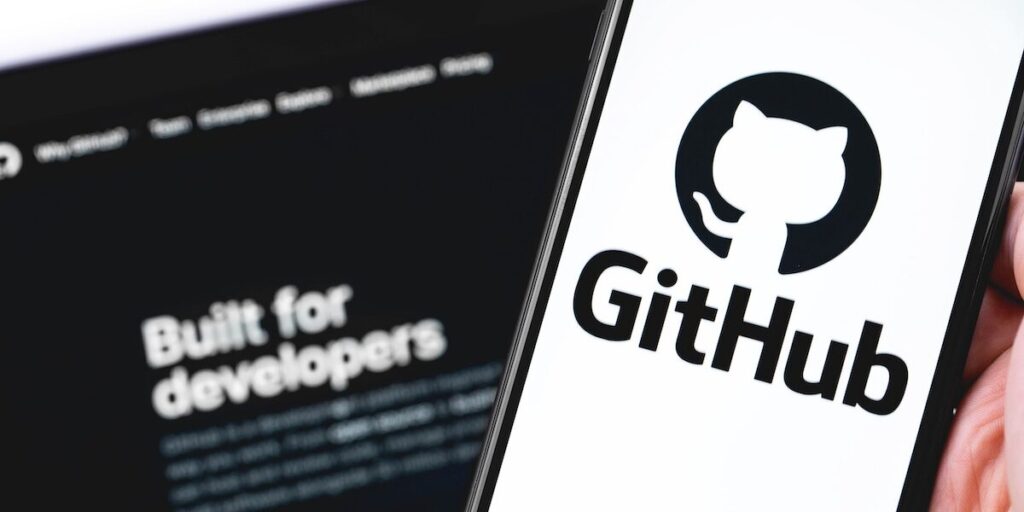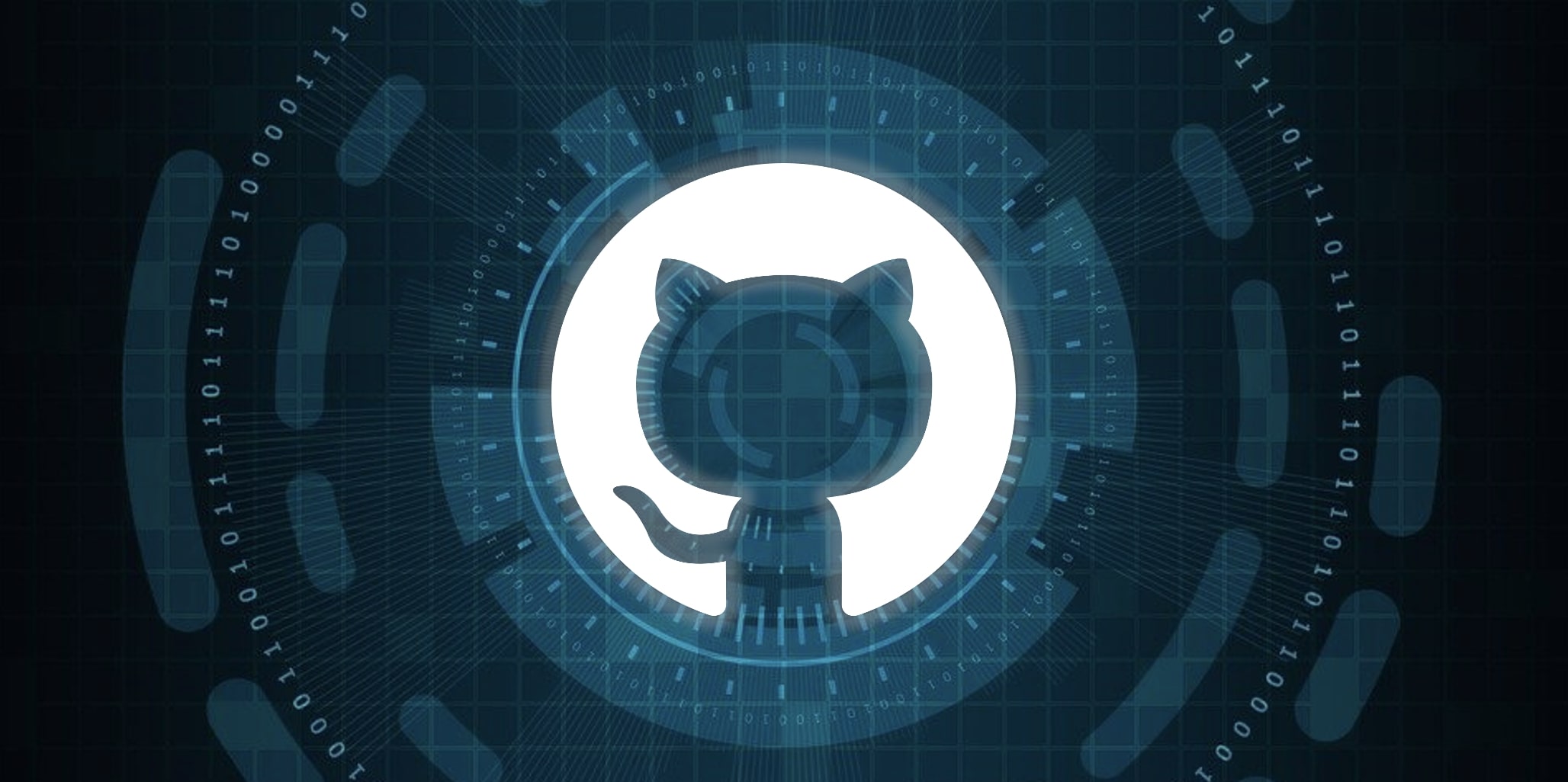GitHub Developers Targeted in Sophisticated Supply Chain Cyberattack

An unidentified group of threat actors orchestrated a sophisticated supply chain cyberattack on members of the Top.gg GitHub organization as well as individual developers. Their goal was to inject malicious code into the code ecosystem. Let’s delve into the details:
Attack Techniques Employed
- Hijacking GitHub Accounts: The attackers compromised GitHub accounts by stealing cookies. This allowed them to gain unauthorized access and manipulate code repositories.
- Malicious Commits: The threat actors contributed malicious code via verified commits. By doing so, they concealed their intentions within seemingly legitimate software.
- Counterfeit Python Mirror: The attackers set up a convincing typosquatting technique using a fake Python mirror-domain that resembled the official one. This deceptive mirror aimed to deceive users.
- Tainted Packages on PyPi Registry: The attackers released tainted packages on the PyPi registry, affecting popular Python packages like Colorama (used by over 150 million users). This expanded their reach beyond GitHub repositories.
- Exploiting High-Reputation Accounts: The attackers leveraged high-reputation GitHub Top.gg accounts to insert malicious commits, thereby increasing the credibility of their actions. Top.gg comprises 170,000 members.
“Multiple TTPs help attackers create sophisticated attacks, evade detection, increase the chances of successful exploitation, and complicate defense efforts,” says Jossef Harush Kadouri, head of software supply chain security at Checkmarx.
The attackers utilized a convincing typosquatting technique with a fake Python mirror-domain resembling the official one to deceive users, according to a blog post by Checkmarx researchers.
Data Theft and Malware
In the final stage of the attack, the malware used by the threat group stole sensitive information from victims. Here’s how:
- Web Browsers: The malware targeted popular web browsers (such as Opera, Chrome, and Edge) to steal cookies, autofill data, and credentials.
- Discord Accounts: The attackers abused decrypted tokens to gain unauthorized access to victim accounts on the Discord platform.
- Cryptocurrency Wallets and More: The malware also targeted victim’s cryptocurrency wallets, Telegram session data, and Instagram profile information. Keyloggers captured keystrokes, potentially compromising passwords and personal messages.
Importance of Vigilance in the Development Community
This incident highlights the growing concern around software supply chain security. Developers need to be extra cautious when integrating external code into their projects. Here are some steps developers can take to mitigate such risks:
- Scrutinize Dependencies: Meticulously examine the source and legitimacy of any third-party code before incorporating it into projects.
- Multi-Factor Authentication: Enforce multi-factor authentication on all developer accounts to prevent unauthorized access.
- Code Review Practices: Implement robust code review practices to identify and eliminate vulnerabilities before code is committed.
- Stay Updated: Developers should stay informed about the latest cybersecurity threats and best practices for secure coding.
In conclusion, the complex supply chain cyberattack that targeted GitHub developers was a meticulously orchestrated operation. Threat actors exploited various techniques to infiltrate code repositories, compromise accounts, and inject malicious code. Their actions extended beyond GitHub, affecting Python packages and even Discord accounts. The sophistication of their obfuscation methods and the breadth of their data theft underscore the need for heightened cybersecurity vigilance in the developer community.
You think you have a story worth everyone’s time? SUBMIT A STORY and we will publish it.
Share this content:




Post Comment